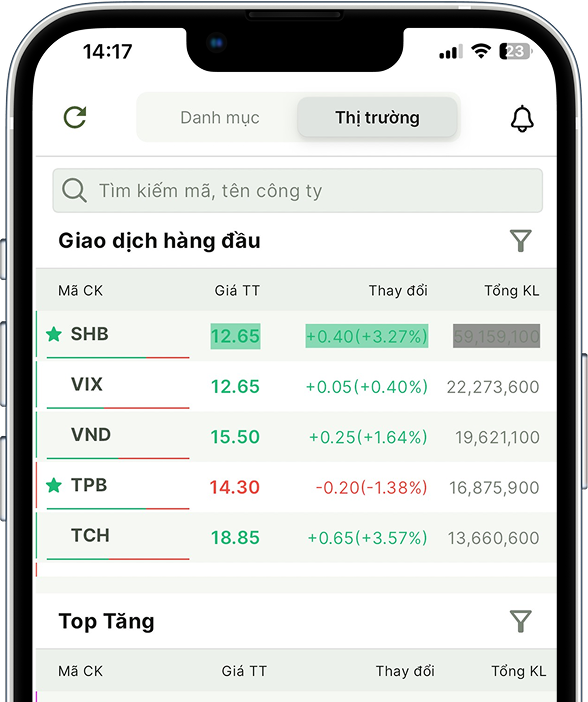ENERGY Snapshot 2022
29/09/2022 - 10:45:50 SAThe growth of a country’s economy typically parallels the sustainable development and security of its energy sector. Recognizing the indispensable nature of the energy industry, the Vietnamese government has paid substantial attention to shape the progress of energy industry to serve as a foundation to power the economy forward. Thus, energy sector could be considered as an attractive proxy to the promising prospects for the long term development of the Vietnamese economy.
Industry overview: The development of the Vietnamese energy industry is under the support and guidance of the Government to serve national energy security, power the economy and facilitate the means of production. The Government has set aggressive targets for the sector in recent times, as a stable source of energy is essential for the development of the economy and for Vietnam to be an attractive investment destination. Recently, the Vietnamese energy sector has succeeded in several points, particularly that it is now ranked 1st in ASEAN in terms of capacity from 2021, equivalent to a 40% increase in nationwide capacity since 2019, with great strides being made from renewable energy.
Opportunities & Challenges: As a developing country with many competitive advantages, Vietnamese GDP is expected to grow around 6% annually in the long term; energy production is forecasted to grow about 3% higher than the GDP generally, around 8% – 10% annually according to the Power Plan VIII (PP8). Some segments are expected to have higher growth such as renewable energy (excluding hydropower), which could bring substantial opportunities for investors. On the other hand, Vietnam’s energy industry is also faced with challenges, including current poor flexibility of the transmission system, high initial required investment for wind and solar power; and optimization of different energy sources which are compatible with the national transmission grid.
Major events: Experiencing a difficult 2021 with heavy impacts from COVID-19, where the Government had to implement strict social distancing policies for 3 months (Jul – Oct), resulting in 2021’s GDP only increasing by 2.58% (the lowest in a decade, yet still positive compare to many economies seeing contraction during the worst of COVID), as suppressed demand resulted in excess supply, leading to a decrease in production output and poor performance of many enterprises, including the energy industry.
The 4th draft of PP8 in April 2022 added two additional scenarios to bring the total to eight, which include a plan for energy conversion to reach the carbon reduction requirements and contingency plans in the event of a shortage of input materials. To illustrate, EVN signed 18 Purchasing Power Agreements (PPA) with Laos in Sep 2022 to support for the Northern energy demand. In addition, the desired power generation portfolio has adjusted to a much “Greener” mix compared to previous editions under its commitment to zero carbon emission by 2050; focusing on renewable energy development, stable and balanced grid corresponding to each region, limiting inner-regional transmission, optimizing transmission line cost, and reducing power loss rate and electricity prices in general.
Outlook: Generally we expect the whole energy segment will become brighter thanks to the recovery of the economy in 2022, particularly the normalization of many businesses and production activities post-pandemic. Nevertheless, there will be priority placed between various energy sources.




